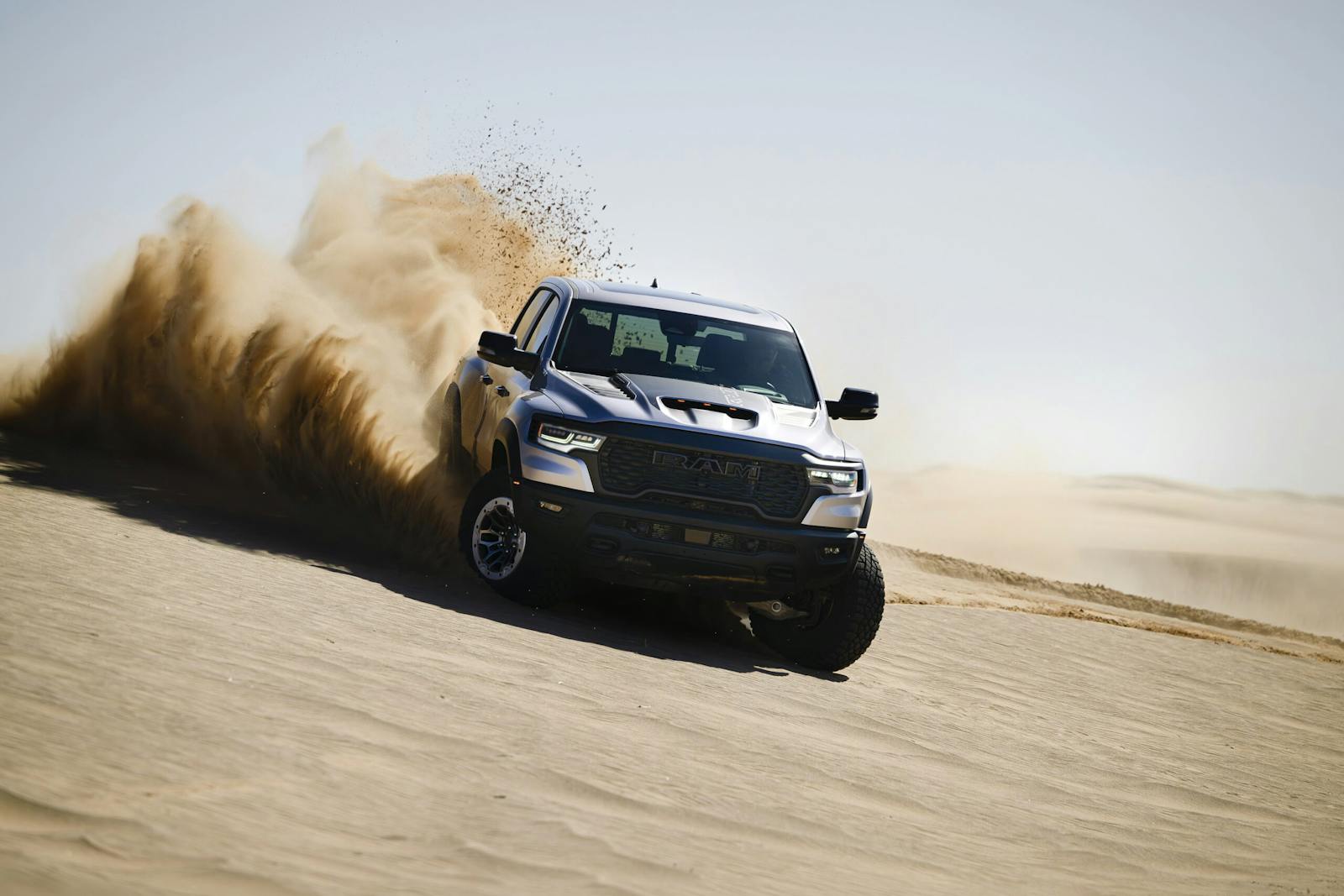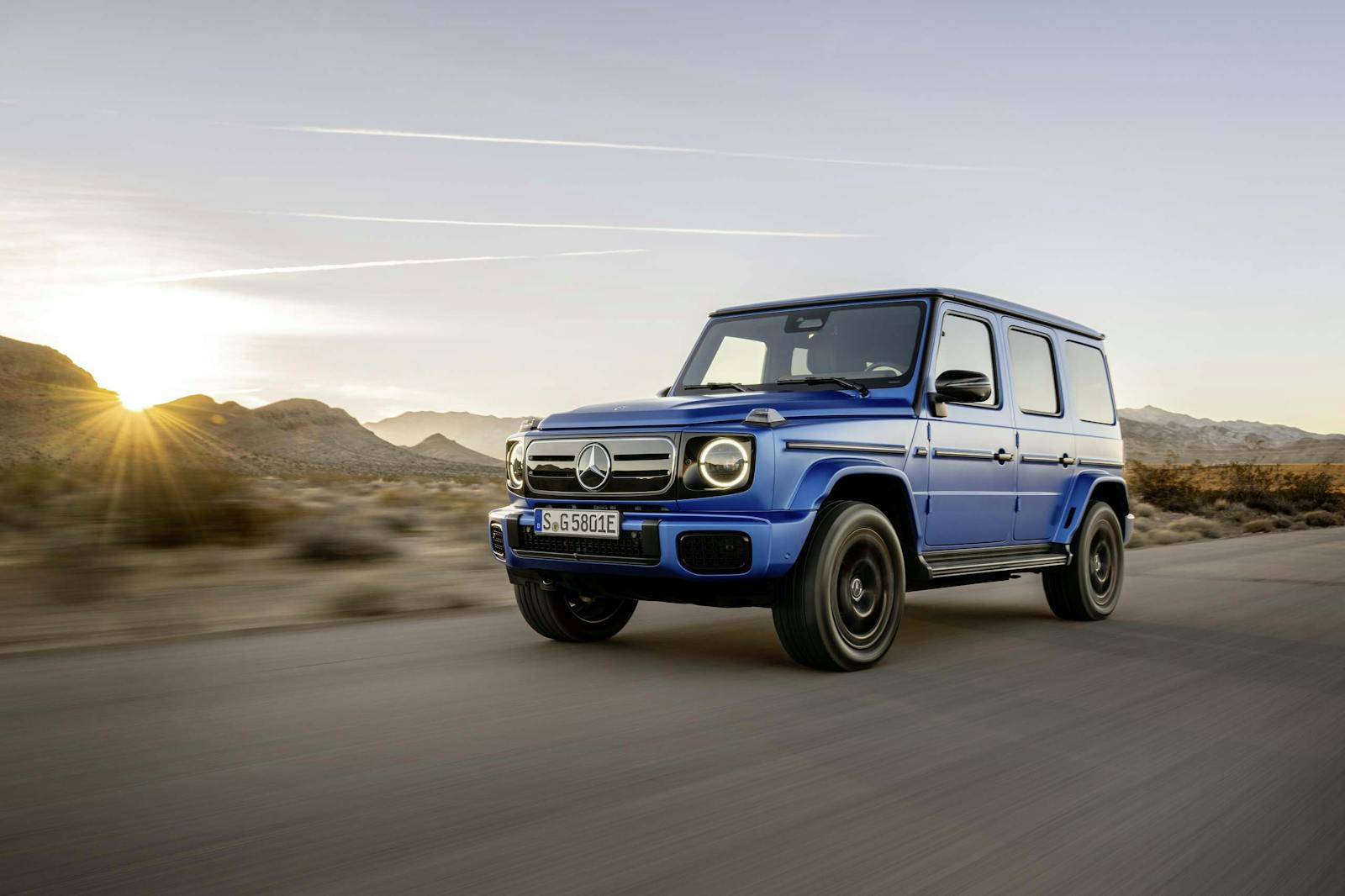More than Beetles and flower power: Driving seven decades of VWs
Volkswagen celebrates its 70th year selling cars in America this year, the company figuring that the few split-window Type 1 Beetles sold in the U.S. in 1949 count as good enough of a starting point as any (its official importer, Volkswagen of America, Inc., didn’t open until 1955). It was a rough time, that first year, with the Wolfsburg factory under control of the occupying British, thousands of Germans suing over claims they paid deposits on Volkswagens in 1938 still hadn’t been delivered, and the city of Berlin hosting its first auto show since it was razed to ashes by Allied bombers.
Despite the hardships, Volkswagen, under heavy encouragement by its British masters, who were eager for Germany to start earning hard currency, started shipping the roughly $800 Type 1 overseas (much to the annoyance of those jilted German buyers). All these years later, with VW producing over 29,000 vehicles around the globe every single day—some of them in Chattanooga, Tennessee—VW of America decided to look back. It did so by inviting journalists attending the L.A. Auto Show to drive a few important cars from its past along the Pacific Coast Highway in California’s sunny seaside surf burg of Malibu.
Naturally, we went from oldest to newest, starting with the 25-hp Type 1. Of course, the shape is familiar, yet it’s slightly different, the whole car seeming smaller and maybe a bit lower than the 1960s and ’70s Beetles that are still such common sights on L.A. streets. The 1131-cc air-cooled flat four starts with a push button and rattles distantly from behind the rear seat. The dash is a simple slab of pressed metal with only a speedometer to look at, the seats basically just two small pillows held together by a hinge. The floor-mounted gas pedal is a wheel, which makes perfect sense once you think about it.
20191125142439)
You need to make sure there’s no traffic coming for quite a distance before pulling out. Shifting the non-syncro four-speed elicits grinds until your double-clutching software boots up, then shifting is quite easy. “I tell people to think like they’re driving a Ford Model A,” says Bob Ellis of Der Vintage Werks LLC, an Ortonville, Michigan company that helps VW maintain its collection. I couldn’t help contrasting this simple car, the ad tagline for which should have been “Well, it beats walking,” with my own 1949 Buick Special. To the winners went the spoils.
From there we jumped into a 1967 21-window Type 2 Bus. Nearly two decades later, VWs were vastly improved with better upholstery and synchromesh transmissions, but the Beetle spirit is definitely there in this 53-hp, eight-passenger hippie wagon. The giant curved door swings closed and you feel as if you’re sealing yourself up inside a Zeppelin. But a glorious amount of California sunshine blazes through the roof windows and open canvas sunroof, giving the impression of driving a Quonset-shaped greenhouse.
For a car that in #1 (Concours) condition is worth on average $155,000, the Bus is slow and beset with somewhat bizarre, high-gain steering that makes it hard to predict which side of the lane it will end up in going through turns. But it’s also wonderful, the puttering flat-four in back so distant as to almost be unheard, and the view out the front and sides that of an airport control tower. You can just imagine crossing 1960s America in it one leisurely mile at a time, making for Woodstock at the sort of pace that implies that you have no cares in the world.
There was a 1973 Type 3 Squareback, but we never got a shot at it due to the long lines, so our next car was the 1977 VW Dasher, aka: Passat in Europe. Shades of Audi sophistication were now present in this stylish coupe, shaped by the great Italian master Giorgetto Giugiaro with hints of ideas from his days running Bertone’s design department in the late ’60s. Park a two-door Passat from this era next to a Lamborghini Jarama or a Fiat Dino coupe to see what we’re talking about.
20191125143005)
20191125142728)
20191125142558)
Inside, the fake wood and genuine brown plastic mix in a pleasing and sporty way while the short, mushroom cap shifter speaks to implied (if not actual) performance. The air-cooled era was winding down, the 78-hp 1.5-liter water-cooled inline-four a precursor to VW’s permanent switch away from the engine that made it famous. This first Passat motor has a strong pull if not the silkiest of idles, and it wafts down the road with a much more epicurean air than any VW that proceeded it. The steering is featherlight while still better than anything VW had yet made—or at least had provided for this event.
A 1982 first-generation Jetta illustrated how small mainstream import cars used to be. People were smaller then, too, apparently, and less concerned about their personal safety. The four horn buttons on the steering wheel and the tiny pinhead indicator lights in the dash are straight-up 1980s VW, and the automatic transmission is a rare luxury flourish for a car that was probably sold mainly with a stick-shift. Despite being rated at 76 horsepower, about the same as the Dasher/Passat, it feels so much slower. People were in less of a hurry back then.
However, the 1984 Rabbit GTI completely redeems 1980s Volkswagen. It’s a hilarious hoot, a scampering lunchbox that revs eagerly to its 6600-rpm redline, barking with kazoo-like ferocity through an aftermarket exhaust that VW’s PR man, Mark Gillies, described as “less terrible than the last aftermarket exhaust we had on it.” The red interior with its golfball shifter are as retro-stylish as Olivia Newton-John in hot pants, and you can’t drive it without recalling the “Little GTI” television ads for those that riffed on the Ronny & The Daytonas Little GTO song, but in German.
“Kleiner GTI! Du siehst prima aus!”
Well, that is, if you were around back then. For everyone else, check YouTube. Meanwhile, these are very hard to find in good condition and getting more expensive, but it’s difficult to think of a car from this era that would be more fun to own and drive. If anything, it proves that Volkswagen in America, at 70 years, is way more than just Beetles and flower power. And it implies that a company that can reinvent itself over and over surely has a brighter future than just the fairly anonymous crossovers that it cranks out now. Surely.

20191125142509)
20191125142426)
20191125142448)
20191125142549)
20191125142620)
20191125142720)
20191125142742)
20191125142822)
20191125142940)
20191125143023)
20191125143110)
20191125143130)
20191125143146)
20191125143221)
20191125143313)

